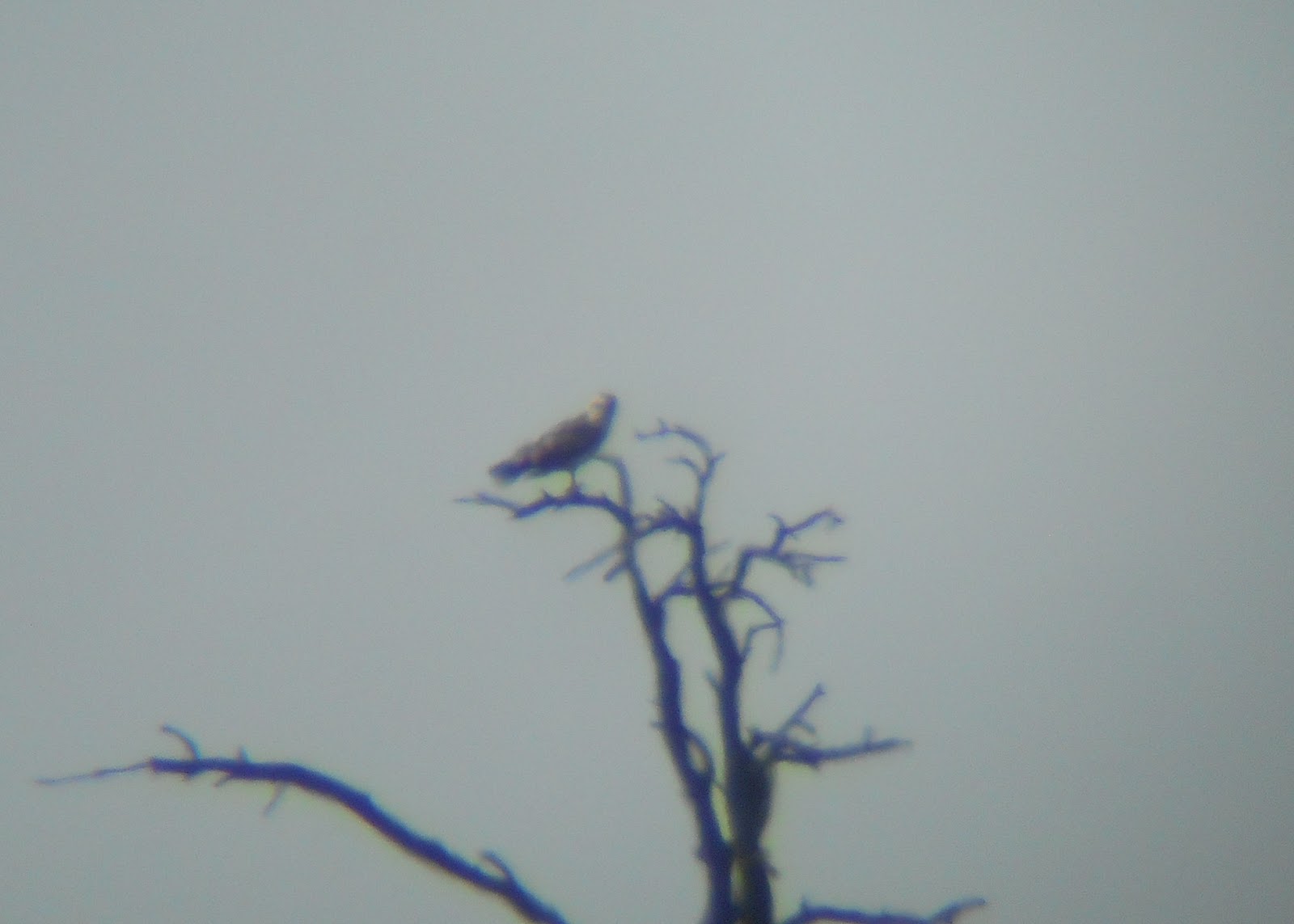June & July 2014
With the grip of the summer doldrums in place, birding took a far more relaxing approach, and with that came a fair bit of local general wildlife watching, navigating across from our avian delights, to our inverts, and to our plantlife, and I rather enjoyed it.
Upton Warren I look as one of the most productive, and educational sites in Worcester, and what better to do during the quiet summer months than keep track of the breeding birds, and enthuse about them to locals and semi-interested day visitors!
The major news from this summer at Upton Warren has been the successful hatching, and subsequent raising of a massive 10 Shoveler chicks, the first time the species has bred at Upton Warren since 1947. A truly remarkable occurrence, and hopefully this years bumper success will promote breeding in future years.
It is still even possible to see these local superstars (which made local newspapers, radio shows and possibly even the local TV news) as I write this in the dying days of August. They may even stay around for the rest of the winter now?
As always, the first returning waders of the year are making an appearance, and Green Sandpipers were typically on time, with some spanking adults dropping in for extended stays on the flashes, often showing superbly from the hide. In the two 'J' months, I had a peak count of 10, but this increased further in August which will be covered in an upcoming post.
For the 3rd year running a ringed Common Sandpiper made an appearance for a few days, showing how site faithful some species can be, particularly waders!
And the first few Common Snipe started to appear in the channels adjacent to the hide at the flashes, typically showing well out in the open as migrant birds often do.
A juvenile Ringed Plover dropped into the flashes in front of me one evening, which proved incredibly productive!
It could often be see within the same scope view as a number of Little Ringed Plover, but sadly all of these were raised elsewhere, with all the earlier chicks having been predated.
Wader wise my personal counts peaked at, Avocets- 45, Little Ringed Plovers-8 and Common Sands- 5 and up to 21 Curlew. Oystercatcher raised 4 chicks and Lapwing were also present, but Lapwing being quite scarce and hard to come by, but occasional counts of up to 30 were seen as the autumn flock built up.
Gulls have been high on the agenda, and there has been an almost continual presence of Mediterranean Gulls throughout the summer as a few 1st summer birds have been loitering around with the Black-headed Gulls. The Little Gull remained for some time also, but had disappeared by mid July.
Towards the end of July, I was lucky enough to locate the first juvenile 'Med' Gull of the year in the flashes roost, on the same evening as the Ringed Plover. The roost also held 2 2nd summer Common Gulls that night, so I certainly was kept entertained.
Away from birds, it was a very poor year for Orchids around the site, with only 2/3 Bee Orchids flowering, and around 30c Common Spotted. Pyramidal was unfortunately not see this year, but it is quite normal for Orchids to flower in some years and not the next.
My undoubted butterfly highlight were 2 White-letter Hairstreaks that were present when I looked adjacent a small colony of them. A recent colonist to the reserve and a pleasure to see.
MB























